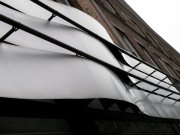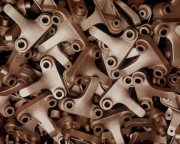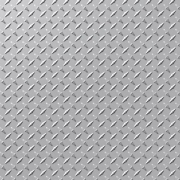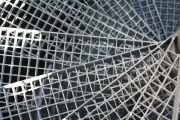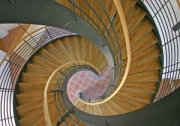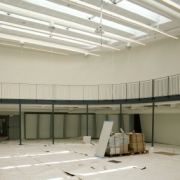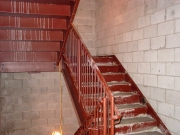Guardrails: Design Criteria, Building Codes, & Installation
Designing and Installing a Safe System
Almost every commercial and public building, whether it is an office building, sports arena, place of worship, or school building, contains a guardrail system. Guardrail systems are installed to provide safety and protection for the building occupants and are placed at or near the outer edges, of flights of stairs, ramps, landings, platforms, balconies and accessible areas of roofs. They will also be found at the perimeter edge of any opening or accessible surface, such as an opening for a stairway, or at a location where operating conditions require limited access to a designated area in order to guard against accidental falls.


